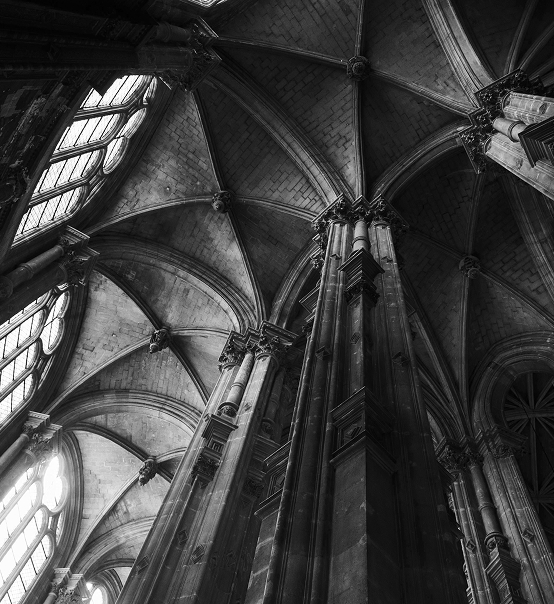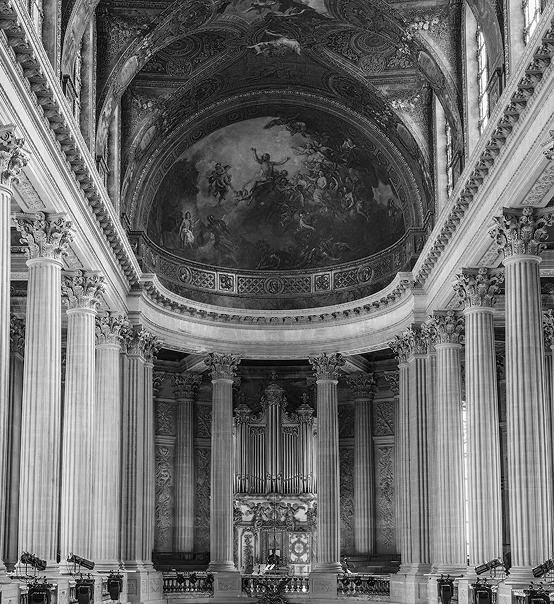Iran
RISK ASSESSMENTS
| One Year Ahead | Five Years Ahead | |||||
| Risk Category | Year Ago | Current 09/10 | Worst Case | Best Case | Worst Case | Best Case |
| Political Risk | 54.5 | 52.0 | 44.5 | 58.0 | 44.0 | 64.0 |
| Financial Risk | 47.0 | 48.0 | 44.0 | 48.5 | 39.5 | 49.5 |
| Economic Risk | 28.0 | 37.5 | 35.5 | 39.5 | 28.0 | 40.0 |
| Composite Risk | 64.8 | 68.8 | 62.0 | 73.0 | 55.8 | 76.8 |
| Risk Band | Mod. | Mod. | Mod. | Low | High | Low |
POLITICS
Government Stability/External Conflict
International Squeeze Play
After months of intense negotiations, the UN Security Council approved on June 9 a fourth round of sanctions aimed at pressuring Iran on its nuclear program. Iran maintains its efforts in the nuclear field, including nuclear enrichment, aim only to produce nuclear power. But many in the international community, such as the US and the EU, believe Tehran seeks nuclear weapons.
The latest measure, UN Resolution 1929, adds a small amount of pressure to the sanctions imposed in three previous resolutions dating back to 2006. The text was watered down in an effort to achieve consensus among the five permanent members of the Security Council. China and Russia, which have strong business relations with Iran, refused to sign on to stronger sanctions. In the end, a resolution with less punishing measures than earlier sought by the US was passed, but it failed on one important symbolic count. Washington had hoped to obtain unanimous approval, but Turkey and Brazil, which have adopted a position in favor of a negotiated settlement of the nuclear standoff, refused to sign on.
Indeed, Turkey and Brazil made a last-ditch effort to avoid a tightening of sanctions, and in mid-May, the two countries’ leaders announced that they had persuaded the regime to accept a uranium swap arrangement almost identical to one that had been proposed by the group known as the P5+1 – the five permanent members of the Security Council plus Germany – a year earlier. Under the agreement brokered by Turkey and Brazil, Iran would be required to transfer 1,200 kilograms of low-enriched uranium out of the country. In exchange, Tehran would receive uranium enriched to 20% from another country, to be used for medical research.
By the time Brazil and Turkey obtained Tehran’s agreement, however, the P5+1 were no longer interested, as Iran had already enriched much more than 1,200 kilograms, and had started its own push to enrich stockpiles to 20%. The deal was rejected, and the pursuit of UN sanctions gained momentum.
UN Resolution 1929 targets mostly the Iranian Revolutionary Guard Corps (IRGC) and aims to cut off Iran’s access to the international financial system, but it does it mainly by urging, rather than ordering, countries to stop dealing with Iranian banks connected to IRGC.
Iran reacted with mixed signals, responding defiantly to the events at the UN, while at the same time offering to restart talks immediately. The hope expressed by Western negotiators was that the pressure from the sanctions would persuade Iran to accept a negotiated deal and bargain in good faith. The reigning view is that Iran has seen negotiations as a means of delaying international action as it moves forward with the nuclear program.
Not everyone was sanguine about the sanctions’ prospects for success. Even the head of the US Central Intelligence Agency, Leon Panetta, said he did not expect the sanctions to produce results. The International Atomic Energy Agency (IAEA) said Iran now has enough uranium to make two nuclear weapons.
Against that backdrop of skepticism, Washington and its allies moved to impose much stronger unilateral sanctions. On July 1, President Barack Obama signed the Comprehensive Iran Sanctions, Accountability, and Divestment Act, which extends both existing US restrictions on trade with Iran and imposes tougher penalties on non-US companies and subsidiaries of American firms doing business with Iran.
The new legislation goes much further than the UN sanctions, in that non-US banks doing business with Iranian financial institutions connected with the IRGC could be banned from doing business in the US. The chief goal of the measure is to make it harder for Iran, one of the world’s top oil exporters, to pay for its supply of gasoline, much of which is imported. The EU, Canada, and Australia followed suit, imposing their own tight restrictions on trade and financial transactions with Iran.
Investment Profile
Sanctions Taking a Toll
President Mahmoud Ahmadinejad has said that the economy is strong and growing, but no official figures for economic growth have been issued for two years, and the government has announced that henceforth all economic figures will be reported by the Statistics Center of Iran, rather than the central bank. Government critics have speculated that the transfer of reporting authority was prompted by the refusal of the head of the central bank to carry out an order from the president’s office to manipulate the data.
Despite the lack of hard data, various pieces of anecdotal evidence suggest that the sanctions are having an effect. Some insurance companies, notably the British firm Lloyds, announced that they were no longer insuring Iranian shipments, citing fears of damaging their business in the US.
One of the first major projects to fall victim to the sanctions appears to be the development of the South Pars gas field, the world’s largest, which officials in Tehran have forecast could generate more than $100 billion in annual revenues. Foreign companies, including France’s Total, Shell and Halliburton, have pulled out of the project, as did a major domestic company controlled by the IRGC, which was having trouble obtaining the necessary financing for the huge project.
One of the principal safety valves against international sanctions – Iranian traders based in Dubai – is also being shut, as the United Arab Emirates has tightened enforcement of trade restrictions. Hundreds of Iranian firms were reported to have shut down operations in Dubai, pressured by new cumbersome regulations and costly inspections.
The UAE’s determination to stop Iran’s nuclear program was highlighted by blunt statements from the UAE ambassador to Washington, who told a journalist that his country would support a US military strike on Iran. Tehran reacted with fury at the impolitic declaration, prompting the ambassador’s superiors to disavow the comments.
Iran’s ties with Moscow have also come under strain. Russia has long stood as Iran’s most reliable advocate within the UN Security Council, but its recent actions suggest that it is hedging its bets as the potential for a showdown increases. In addition to voting in favor of sanctions, the Foreign Ministry of Russia has issued public rebukes of Iran, in one case demanding that Ahmadinejad stop his “pointless and irresponsible rhetoric.”
Tax Battle Reveals Widening Political Divide
A drop in hydrocarbon earnings, which accounts for some 80% of government income, could prove devastating for Ahmadinejad’s government, as the regime has come up short in its search for alternative sources of revenue, and the gradual elimination of expensive state subsidies is fueling both inflation and popular discontent. The authorities tried unsuccessfully to raise the value added tax (VAT) rate in both 2008 and 2009, exposing a political fault line with potentially serious consequences.
Just as the new international sanctions were going into effect, the government announced a new effort to hike sales taxes, with a proposed increase in the top rate from 15% to 25%. However, shop owners in Tehran’s Grand Bazaar (the bazaaris) shuttered their stores in protest. The government quickly backed down, and the bazaaris took their time resuming operations.
The bazaaris played a pivotal role in the realization of the Islamic revolution 30 years ago, and to the extent that their actions can be viewed as a barometer of the vulnerability of the government, it would appear that Ahmadinejad’s opponents within the dominant conservative camp, rather than the reformists in the Green Movement, currently pose the greater threat to political stability in Iran.
Indeed, authorities seem to have succeeded in containing the reformist uprising that followed last year’s disputed presidential election. A heavy security presence has prevented renewed outbreaks of mass anti-government demonstrations, and the anniversary of the June 2009 election passed without incident. The defeated candidate and presumed leader of the opposition, Mir Hussein Mossavi, posted an Internet message telling his supporters to avoid new bloodshed in the streets and demanding that the government carry out a “just prosecution of the leaders and agents of the election fraud, torture, and killings.”
But the cracks in the conservative ranks are widening, with Ahmadinejad and his supporters waging battle against old-line conservatives who claim to be the true defenders of the original aims of the Islamic revolution led by Ayatollah Ruhollah Khomeini. In many respects, the conflict has less to do with ideology than with a struggle for power that runs along generational and institutional lines. On the one side are the president’s supporters, who include the leadership of the IRGC and lawmakers from the United Principalist Front (UPF), and on the other side are those conservatives who recognize the ultimate authority of Ayatollah Ali Khamenei and the clerical establishment, a faction represented in the Parliament by the Broad Principalist Coalition (BPC) – the so-called “pragmatic conservatives” – whose allies include the bazaaris.
Tensions between the competing conservative factions have intensified in recent months, highlighted by the Parliament’s thwarting of an attempt by Ahmadinejad to assert government control over the finances of a university founded by Ayatollah Ali Akbar Rafsanjani, a former president and one of Ahmadinejad’s most dangerous political rivals. The president’s opponents have also alleged corruption by top members of the government and, perhaps most damaging of all, have accused Ahmadinejad of belonging to a Muslim sect that was banned by Ayatollah Khomeini because of its millennialist beliefs and its lack of proper regard for the authority of the clergy.
Ahmadinejad has added to the acrimony by making thinly veiled threats of retribution against his opponents, an approach that prompted the editor of Panjereh, a weekly newspaper, to write, “Now that [the president and his allies] think they have ejected the reformists, maybe they think it’s time to remove their Principalist opponents.” An incident in which Ahmadinejad’s supporters heckled Hassan Khomeini, the grandson of Ayatollah Khomeini, preventing him from delivering a speech, provoked outrage among the pragmatic conservatives.
Despite the efforts of Ahmadinejad’s conservative opponents to draw Ayatollah Khamenei into the fray, the supreme religious leader has thus far maintained a neutral stance, limiting his involvement to calls for the two sides to work out their differences. It is difficult to know for certain whether Khameini’s hands-off approach reflects his view that Ahmadinejad does not pose a threat to his authority, or instead is guided by a fear that pressuring the president could provoke pushback from the IRGC, which theoretically answers to the ayatollah, but has exploited divisions within the clerical establishment to position itself as a possible king-maker in the event of a decisive power struggle. An answer may become apparent in the not-too-distant future, as the economic strains arising from sanctions contribute to a build-up of political pressure that carries the risk of an explosion if it is not relieved in a controlled manner.
ECONOMY
Sanctions Hampering Economy
Real GDP growth will accelerate in line with increased oil earnings, which will provide a boost to household consumption and investment, but the negative impact of reduced subsidies on disposable income will limit the growth of private spending, holding the overall pace of expansion to less than 3% in 2010. Growth rates will remain well below potential over the medium term, owing largely to political factors (both domestic and external) that will deter private investment, with sanctions, in particular, weighing on domestic business confidence.
The government’s spending plan for the fiscal year ending March 21, 2011 includes significant cuts to state subsidies that in combination with stronger oil revenues are expected to narrow the budget deficit to about $6 billion, the smallest shortfall since Ahmadinejad came to power in 2005. Many lawmakers have criticized plans to phase out subsidies for food and fuel, which they contend will trigger a surge in consumer prices, resulting in a heightened threat of popular unrest. Even the government has conceded that the planned cuts will contribute to temporary price spikes, but the full effect of reduced subsidies will probably not become apparent until 2011, when annual inflation is forecast to rise to 16%, after averaging 12.9% this year.
The current account surplus is forecast to widen in 2010, as increased revenues from oil exports more than offset the effect of higher prices for fuel and food on the imports bill, resulting in a larger trade surplus. However, the growth of the services deficit will hold the current account surplus to $11.5 billion, equivalent to about 3% of GDP, still well below the historical trend.

PRS INSIGHTS
Moving beyond current opinions, a seasoned look into the most pressing issues affecting geopolitical risk today.
EXPLORE INSIGHTS SUBSCRIBE TO INSIGHTS



